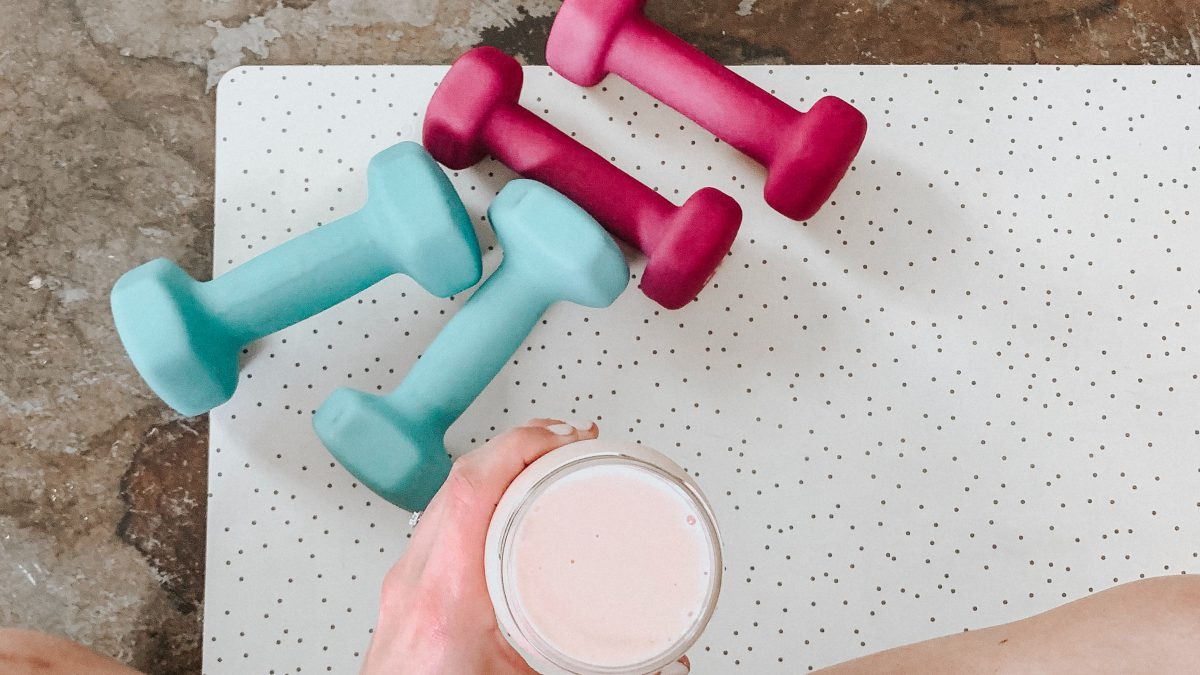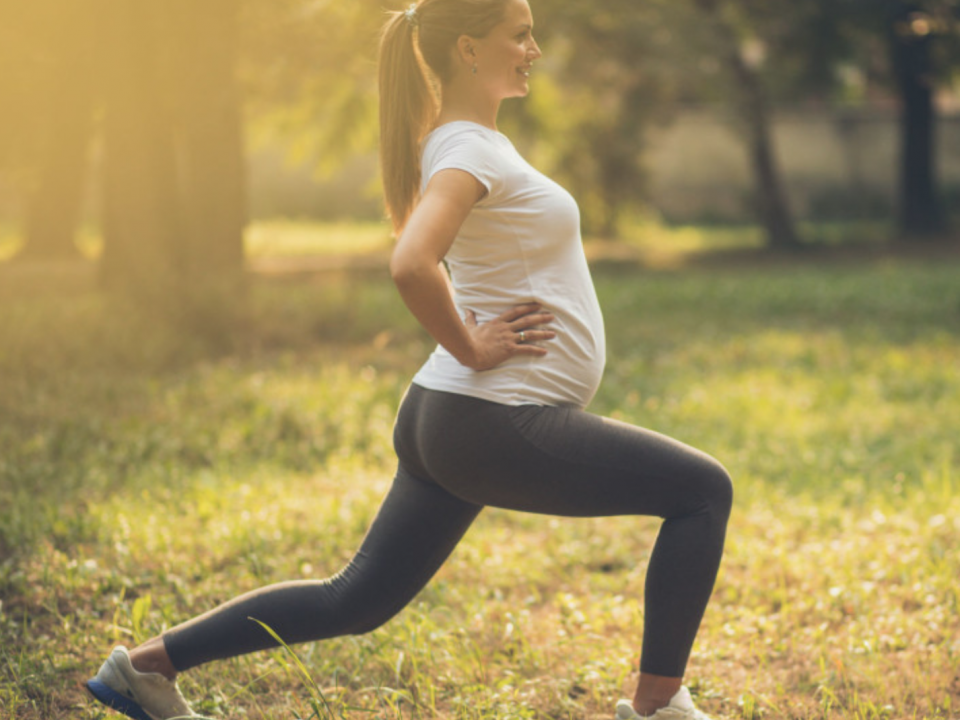Resistance training and bone health

Benefits of resistance training
June 22, 2020
Nutrition tips for older adults
July 8, 2020Resistance training has a noted influence on connective tissue, particularly on the bones. As a result of correct training prescription, muscular strength and hypertrophy increase and the forces generated by the increased muscle contractions subsequently increase the mechanical stress on bone, and the bone itself must increase in mass and strength to provide an adequate support structure.
Terms of importance
- Bone Mineral Density (BMD)
- Osteopenia and osteoporosis
The aging process is accompanied by degenerative responses in essentially all body tissues and systems, all of which present some degree of challenge to health and fitness. The inactive aging brings about significant losses in muscle and bone tissue. Gradual muscle loss (sarcopenia) onsets after age of 30 (loss of 3% to 8% per decade), becoming more prominent after age of 50 and then averages between 5% to 10% per decade. These losses are closely associated with bone losses (osteopenia). Other factors that lead to bone loss are metabolic rate reductions (between 2% to 3% per decade). Changes in bone structure and physiology are quite dramatic and after age of 50 they average between 10% to 30% of bone loss per decade!
All these factors typically lead to fat gain and related health issues. One of the negative health consequences is a disease called osteoporosis, in which BMD and bone mass become reduced to critically low levels.
These changes, however, are reversible. Resistance training prescribed and performed in a correct manner, is highly effective for increasing BMD.

HOW DO WE STRENGHTEN THE BONE?
- Specificity of loading
- Minimal Essential Strain (MES)
- Progressive overload
Any increase in muscle strength or mass may cause a corresponding increase in bone mineral density (BMD), or the quantity of mineral deposited in a given area of the bone. Interestingly, inactivity or immobilization has the opposite effect and results in a more rapid rate of loss of bone matrix and BMD. Numerous studies have shown a positive correlation between BMD and muscle strength and mass. Consequently, exercise that stimulates muscle hypertrophy and strength gains also appears to stimulate bone growth.
Not any resistance exercises will be a stimulus strong enough to stimulate new bone formation. The term Minimal Essential Strain (MES) refers to the threshold stimulus that initiates laying down of new bone material. Loads exceeding these thresholds repeated consistently will signal the osteoblasts to migrate to the region experiencing the stress and to form bone. The forces that are below the MES do not present an appropriate stimulus for new bone formation. The MES is thought to be approximately 1/10 of the force required to fracture bone. Following positive bone tissue changes, the forces are distributed over a larger surface area, thereby decreasing the amount of mechanical stress. This is why following bone growth, the loads must be adjusted in order to reap further benefits for bone health.
Progressive weight-bearing physical activities that generate forces exceeding the MES are therefore the most effective at increasing bone size and strength.
Anaerobic training programs that have the objective to stimulate bone growth need to incorporate specificity of loading, among others. Specificity of loading demands the use of exercises that directly load the particular region of interest of the skeleton. If the body interprets these forces as new or novel, they will stimulate bone growth in the area that is receiving the strain. For example, running may be a good stimulus for increased BMD in the femur but the wrong choice for promoting mineral deposits when one is trying to strengthen the wrist.
Exercise selection is critical when one is trying to elicit maximal osteogenic stimuli. In essence, exercises should involve multiple joints, should direct the force vectors primarily through the spine and hip, and should apply external loads heavier than those with single-joint assistance exercises.
Because bone responds favorably to mechanical forces, the principle of progressive overload (progressively placing greater than normal demands on the exercising musculature) applies when one is training to increase bone mass. Support for progressive overload comes from studies that have compared BMD of various groups of athletes to that of nonathletes.
WHEN TO START?
It is never too late to start some form of resistance training. Older adults effectively adapt to training stimulus at any age! Moreover, the evidence shows that physical activity–associated bone loading during skeletal growth (adolescence) and after skeletal growth (early adulthood) elevates peak bone mass and is positively associated with adult bone mass in later life. In other words, it is opportune to start anaerobic training at early stage in life.





1 Comment
[…] Bones, tendons, ligaments, fascia, and cartilage are examples of connective tissue. Resistance training has a major influence on bone tissue health. Read more about it here: http://worldwideathlete.fitness/2020/06/23/athlete-3/ […]